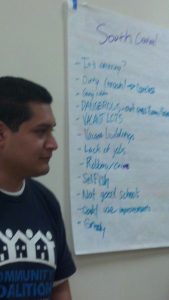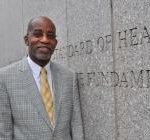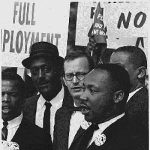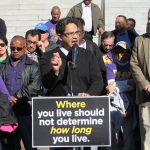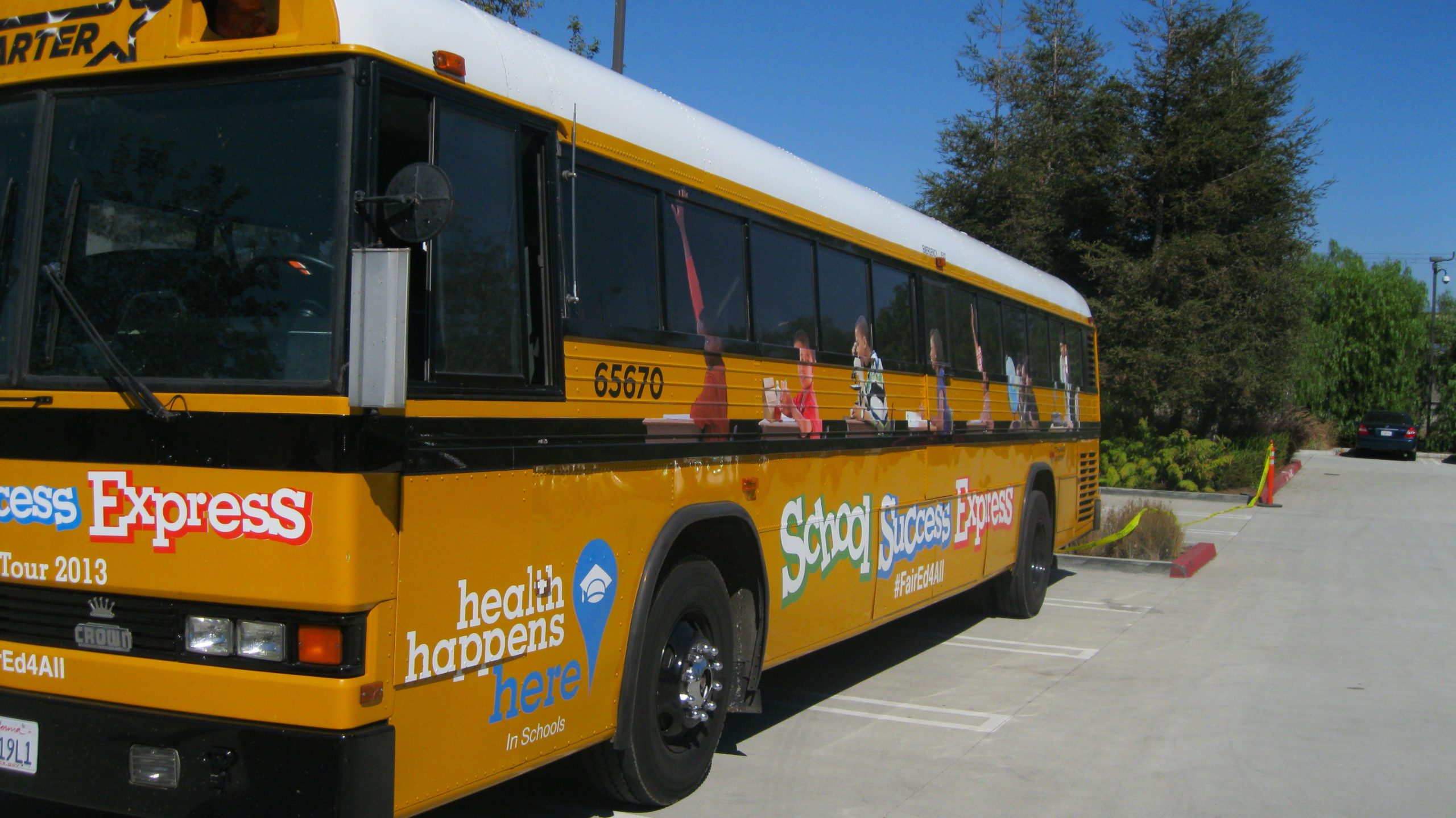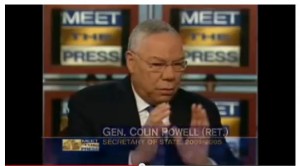 Both Republicans and Democrats robustly support labels warning that sodas and other sugar-sweetened beverages increases the risk of obesity, diabetes and tooth decay, according to a Field Poll released Thursday.
Both Republicans and Democrats robustly support labels warning that sodas and other sugar-sweetened beverages increases the risk of obesity, diabetes and tooth decay, according to a Field Poll released Thursday.
Two-thirds of Republicans and 80 percent of Democrats favored adding the labels to the sugary products, as did three-quarters of independent voters. The findings, which were commissioned by the California Endowment, a private health foundation, bolster prospects for new legislation introduced in California this month, which would require manufacturers of drinks with more than 75 calories of sugar per serving to add this warning:
“State of California Safety Warning: Drinking beverages with added sugar(s) contributes to obesity, diabetes and tooth decay.”
More than a third of U.S. adults and about one in six children between the ages of 2 and 19 are obese, according to the Centers for Disease Control and Prevention.
And regular soda consumers have sharply higher odds of becoming overweight: a 55 percent increase for children and 27 percent for adults. Research shows sugar-sweetened beverages are the largest source of extra “empty” calories in the American diet.
And teens are drinking even more of it. The UCLA Center for Health Policy Research reported recently that almost two-thirds of California teenagers in 2011-12 drank sugary drinks every day, up 8 percent from 2005-07.
The labeling legislation is the first in California to target sodas, and it’s a change in tactic after defeats in trying to get soda taxes passed.
Ballot proposals that would tax soda sales in El Monte in Los Angeles County and Richmond in Northern California failed, after campaigns marked by intense lobbying against them by the soda industry, which maintains that sugary beverages are unfairly implicated in the obesity crisis; lack of physical activity and poor food choices also play a role, the industry has asserted.
But the new Field Poll also shows support may be shifting in favor of a soda tax, as concerns mount about the social and health toll of excess weight. Two-thirds of those polled support a sugary beverage tax, although this time support did split by party lines, with only 47 percent of Republicans favoring a soda tax.
REFERENCES
“Put tax on sodas, add warning labels, majority says in poll.” The Press Enterprise, Feb. 20, 2014
“California lawmaker wants warning labels on sugary drinks.” Sharon Bernstein, Reuters, Feb. 13, 2014
Suzanne Bohan


